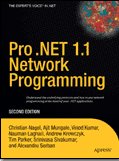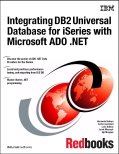There is good article which explains all About ASMX 2.0, WSE 3.0, and WCF available on MSDN magazine by Aaron Skonnard. Particularly I like Figure 4 which shows comparison table.
Service Station: All About ASMX 2.0, WSE 3.0, and WCF -- MSDN Magazine, January 2006
Q What features does WCF provide for developers that ASMX 2.0 and WSE 3.0 don't?
A ASMX 2.0 and WSE 3.0 provide many key features that some developers mistakenly believe are unique to WCF. For example, both stacks provide a similar attribute-based programming model where you can author service contracts on .NET interface definitions (see the first question and answer in this column). Both stacks provide transport-neutral SOAP implementations that ship with multiple transport channels and custom transport hooks. Both stacks allow for hosting services in any Windows-based application (through SoapReceivers in WSE or ServiceHost in WCF). Both stacks provide multiple message encodings, including the two most widely supported: XML 1.0 and Message Transmission Optimization Mechanism (MTOM). And both stacks provide support for message-based security, configurable via simple configuration elements (turnkey security profiles). The table in Figure 4 summarizes how the stacks compare.
The main area where the stacks differ is in their support for the various WS-* specifications. WSE 3.0 only supports the security framework while WCF supports the security, reliable messaging, and transaction frameworks. And as the table illustrates, WCF also provides more local processing behaviors and customization hooks. Virtually every layer in the WCF object model is extensible via code, attributes, or configuration.
Ultimately, WCF offers a more complete development framework that has been designed from the ground up around the various Web services protocols. Still, you can have a very similar experience today if you use ASMX 2.0 plus WSE 3.0. And the outlook for future migration looks promising.
August 08, 2006
All About ASMX 2.0, WSE 3.0, and WCF
at 8/08/2006
Tags: .NET3.0 , WCF , Web Services





